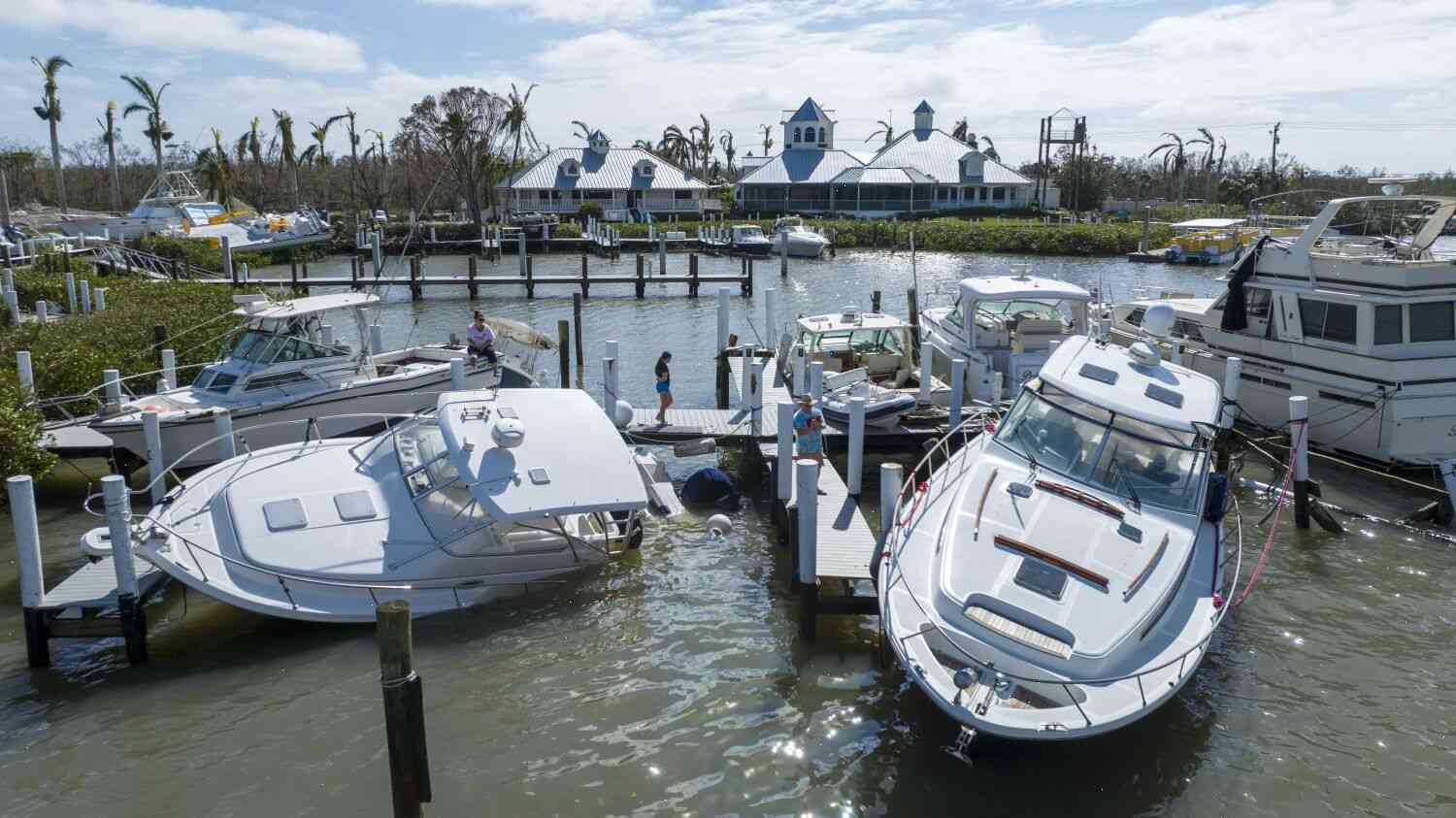Column: California wildfires to Florida hurricanes, how the rich game climate change
At first glance, it might seem absurd that the fires in California are linked to the so-called “summer of the flames.” But there’s something more to it than that: California’s hot and dry climate has made it the perfect breeding ground for wildfires. The state’s two largest blazes — the Woolsey and the Santa Rosa fires — sprang from dry fuel and were fueled by strong, dry winds. A third, the Tubbs fire, started after a powerful Santa Ana wind gust. When the fires died down, they left behind a thick smoke layer that blotted out the sun for days afterward.
The problem isn’t just confined to California, of course. The heat in most of Southern California last year was unusually intense, and many areas saw fire danger ratings that were double the countywide average. For instance, Orange County saw a fire danger rating of 15, while the Los Angeles basin logged a rating in the six digits.
The heat also led to unusually dry conditions across much of the state last year, and the state’s firefighting crews responded to many more wildland fires this year, compared with the number we saw in 2015. During the past two months, firefighting crews in more than 50 states have responded to more wildland fires (in some states there were four) than in all of 2015.
California had no other year in history that so many different fires occurred simultaneously. This is not only because of the state’s extreme summer temperatures, with temperatures hitting near 100 degrees for days at a time, but also because climate change has played a role.
“Just the regular seasonal changes, like El Niño and the Santa Ana winds, have allowed for these intense fire years, but they’ve also been more frequent,” says Kevin Tren, a research scientist with the U.S. Geological Survey’s Pacific Northwest National Laboratory.
The fires were sparked by dry fuel, such as pine trees, dry brush and chaparral. The wind was also a factor, but the most significant was the dry, hot summer.
Climate

